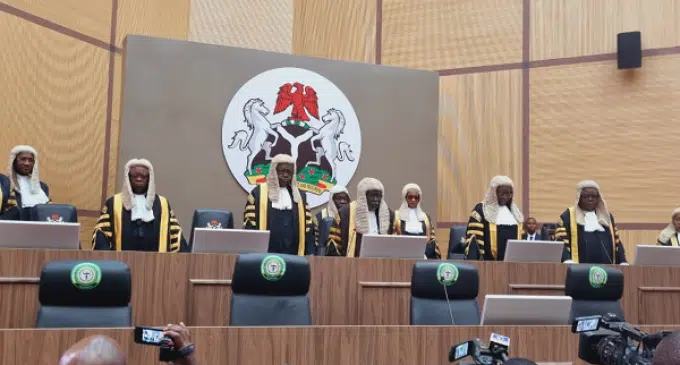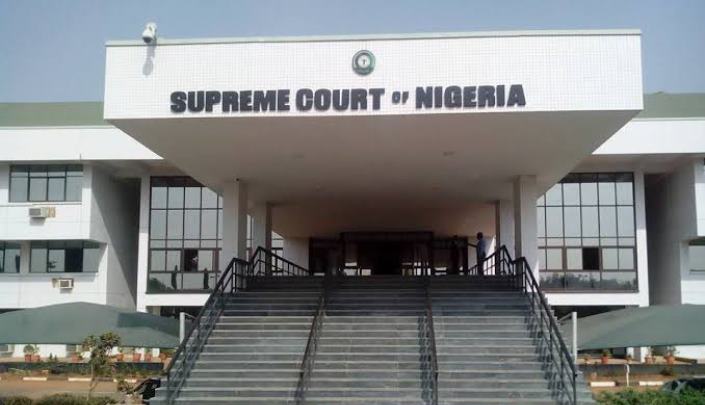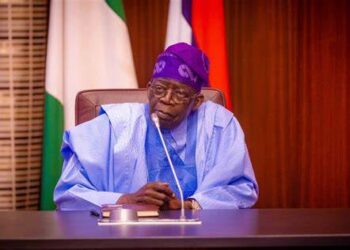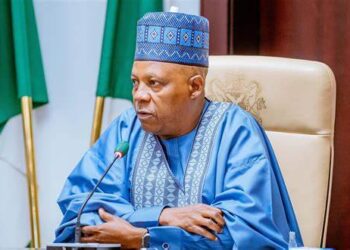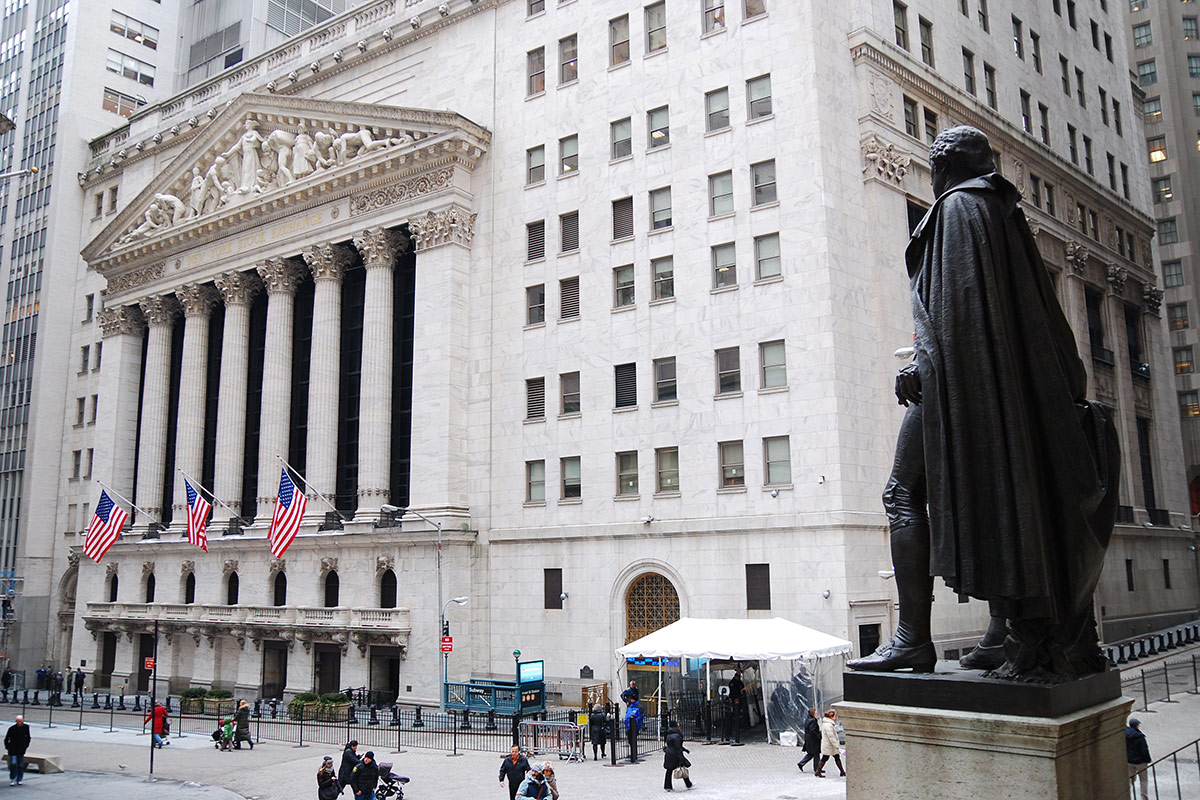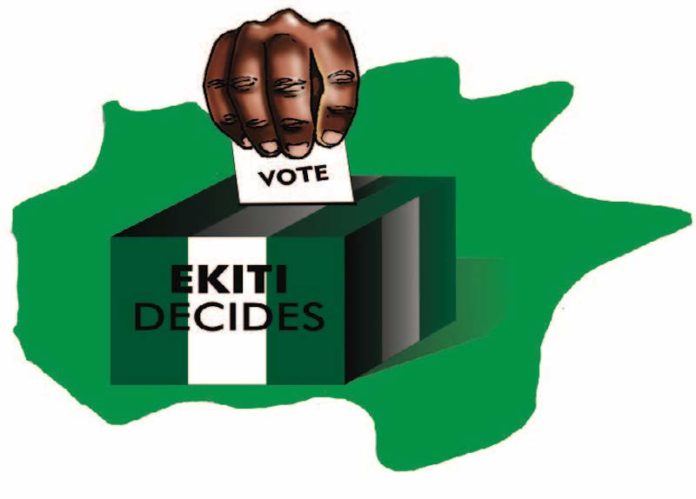Youth leaders from Nigeria’s oil-producing Niger Delta region staged a comprehensive blockade of the Nigerian National Petroleum Company Limited headquarters on Wednesday, calling for the removal of the current Group Chief Executive Officer and demanding regional representation in the company’s top leadership.
The demonstration began in the early morning hours around 6 a.m., with activists strategically positioning themselves to block both entry and exit points of the NNPCL Towers. The protesters maintained their positions throughout the morning, effectively disrupting normal business operations at Nigeria’s state oil corporation headquarters.
Central to their demands is the resignation of Group Chief Executive Officer Engineer Bashir Bayo Ojulari, whom they accuse of corruption and ineffective management of the national oil company. The activists argue that leadership of NNPCL should be transferred to an individual from the Niger Delta region, citing the area’s role as the primary source of Nigeria’s crude oil production.
The protesters arrived well-equipped for an extended demonstration, bringing banners displaying their grievances, loudspeakers for amplifying their message, and an open truck that served as a mobile sound system. They combined traditional protest methods with celebratory elements, singing solidarity songs and playing music to maintain morale throughout the action.
Their strategic location choice proved highly effective in drawing attention to their cause, as the blockade created significant traffic disruptions along Herbert Macaulay Way in Abuja’s Central Business District. The demonstration’s impact extended beyond the immediate vicinity of the NNPCL headquarters, affecting broader traffic patterns in the commercial area.
Law enforcement officers responded to the situation by deploying police personnel to monitor the protest and ensure it remained peaceful. Security operatives took a measured approach, focusing on crowd management rather than confrontation while urging demonstrators to maintain order throughout their action.
To minimize traffic chaos, police officers implemented temporary traffic management measures, redirecting vehicles to a single lane while the protest occupied key roadways. This intervention helped prevent complete gridlock while allowing the demonstration to continue.
The protest significantly impacted daily operations for NNPCL employees and other workers in the area. Staff members were forced to park their vehicles at considerable distances from their workplaces and walk to reach their offices, adding inconvenience to their daily routines.
A breakthrough in the standoff came when a representative of the Minister of State for Petroleum (Oil), Senator Heineken Lokpobiri, engaged with protest leaders. Following discussions and appeals from the ministerial representative, demonstrators agreed to relocate from the main highway to the NNPCL building’s exit gate.
This strategic repositioning allowed traffic flow to resume on the affected roadway while maintaining the protesters’ visible presence at the oil company headquarters. The compromise demonstrated both the protesters’ willingness to engage in dialogue and their commitment to maintaining pressure for their demands.
The demonstration remained peaceful throughout its duration, with no reports of violence or significant confrontations between protesters and security forces. This peaceful approach likely contributed to the successful negotiation that led to traffic restoration while preserving the protest’s impact.
The Niger Delta youth leaders’ action reflects broader regional frustrations about representation in Nigeria’s oil industry leadership. The region, which bears the environmental and social costs of oil extraction, has long argued for greater involvement in decision-making processes within the petroleum sector.
Their specific focus on NNPCL leadership suggests concerns about how the company’s policies and operations affect oil-producing communities. The demand for regional representation in top management positions reflects desires for more direct influence over decisions affecting their homeland.
The protest’s organization and execution demonstrate the activists’ sophisticated understanding of how to maximize political impact while maintaining peaceful methods. Their strategic use of location, timing, and negotiation suggests experienced leadership within the movement.


